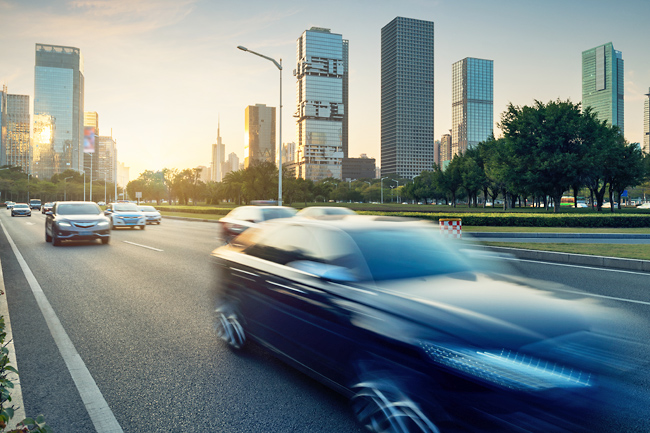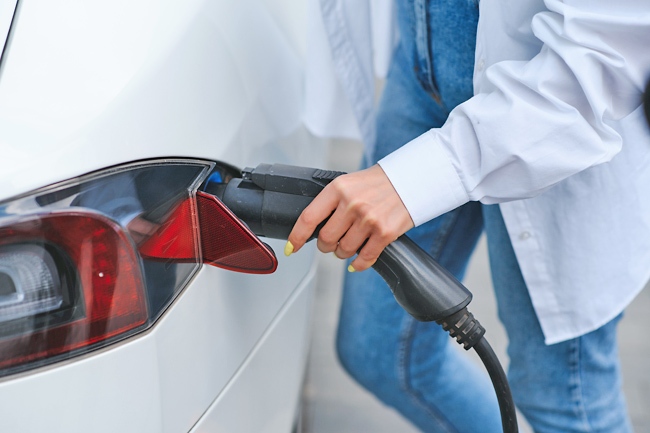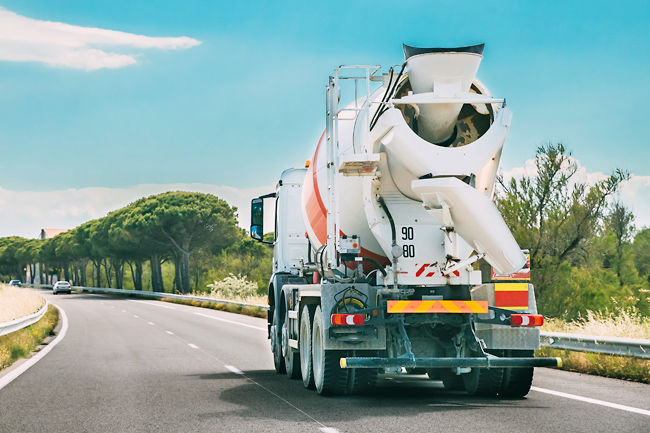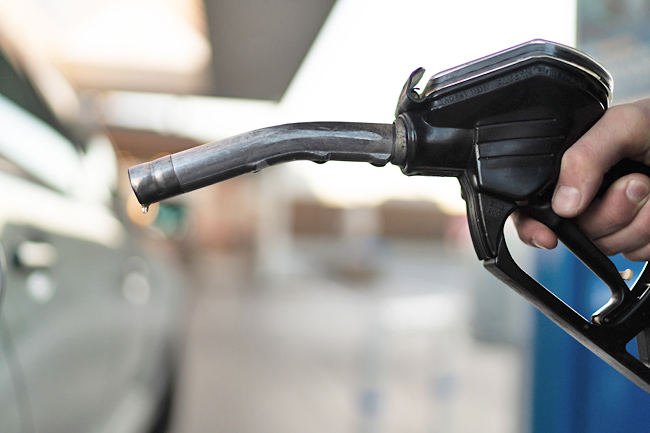AP/THE CONVERSATION – Fifteen-year-old Methdini from Sri Lanka asked: Why do we use gasoline for small vehicles and diesel fuel for big vehicles?
Gasoline fuels most light-duty vehicles, such as passenger cars and pickup trucks. Heavy-duty vehicles, like buses, delivery trucks and long-haul tractor-trailers, typically run
on diesel.
Both fuel types are needed because gasoline and diesel engines have different strengths. As my automotive engineering students learn, this makes them suitable for different uses. Let’s start with what they have in common.
Gas and diesel engines both work through a process called internal combustion.
First, they mix fuel with air because the fuel needs oxygen from the air to burn.
Next, they compress the fuel-air mixture, which makes the mixture hot enough to burn.
Then the engine burns the mix of fuel and air, releasing heat. This creates high pressure, which moves internal parts that make the car move.
Finally, the car releases spent combustion gases to the atmosphere through its tailpipe. These gases contain pollutants, such as carbon monoxide, nitrogen oxides and unburned fuel, that are harmful to human health, as well as carbon dioxide, which warms Earth’s atmosphere.




DIFFERENT ENGINES FOR DIFFERENT JOBS
Gasoline and diesel fuel are both made from crude oil, a fossil-based energy source. But they have different chemical properties that require different types of engines.
In a gas engine, a small device called a spark plug ignites the compressed fuel-air mixture. It uses hundreds of thousands of volts to create an electrical arc that can start the burn, much like striking a flint rock against another stone.
Diesel fuel is harder to ignite and slower to burn than gasoline. But if it is compressed enough, it will ignite without a spark. And this higher compression results in higher efficiency, so vehicles powered with diesel get more miles per gallon. That’s important for transporting goods and people as economically as possible – one reason why most buses, trains and large trucks run on diesel.
Diesel engines tend to be more expensive than gas engines, since they need sturdier parts to withstand the higher temperatures and pressures they produce. But they also last longer than gasoline engines.
This is a plus for vehicles such as long-haul trucks that need to go many hundreds of thousands of miles between engine overhauls.
So why do passenger cars use gas? One reason is that diesel engines’ higher compression and temperature make them noisier, especially at higher frequencies that humans find annoying. Diesel engines also produce higher levels of fine particle pollution, known as PM 2.5, that has been linked to many human health risks.
These trade-offs typically lead consumers to prefer cheaper, quieter gasoline engines in cars they drive for work and pleasure. Efficient, long-lasting diesel engines are more attractive to companies hauling goods and transporting large numbers of people.
BEYOND INTERNAL COMBUSTION ENGINES
In the future, transportation may not use gas or diesel at all. Some cars and light trucks – models known as hybrids – already use gas or diesel together with batteries and electric motors, or run entirely on electricity.
And cities across developed nations are investing in electric school buses, which are lower-polluting and cheaper to maintain.
Hybrid, plug-in hybrid and battery electric vehicles promise to result in far fewer emissions of toxic gases and carbon dioxide – especially if they are recharged with electricity produced from renewable sources like wind and solar power.
These vehicles will be quieter than gasoline and diesel models and also cheaper to maintain, since they have fewer moving parts.
Gasoline and diesel vehicles will remain in use for years to come, but they no longer represent the forefront of transportation innovation.




